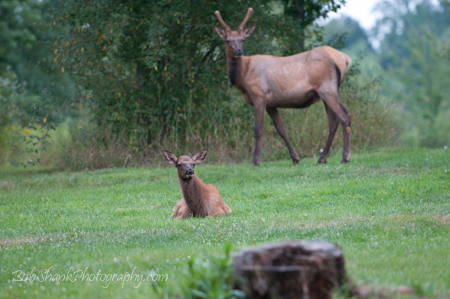Depth of field changes depending on the f-stops we use, the lenses we use, and the distance between us and our subject. Focus is one of the most important elements of a quality photograph so we have to get focus right and understanding depth of field goes a long way towards this goal.
Depth of field charts are helpful and can really help in any situation if we take the time to use the chart. The older lenses that had aperture rings were helpful, too, because they provided a distance range that was helpful as a guide for the photographer. Today’s G-type lenses don’t have these guides.
Probably the most reliable and best used resource for depth of field is experience. With your favorite lens and a subject at 40 feet away what can you expect the depth of field to be at say f/2.8? Do you know? Well you should. Not only is this information helpful but can be critical to have your subject sharply focused. Will the whole animal be in focus or just the eyes and face?
In this photograph you see three objects. The closest subject is a tree stump that is clearly out of focus (how’s that for an oxymoron?). The most distant subject is a spike that is also out of focus. The main subject I was focusing on is in the middle. This calf is clearly focused. The photograph serves as a good example of how shallow depth of field can help bring the viewer’s eye to the main subject. For example, if I had used a smaller f-stop, say f/16, then all three items may have been clearly focused. This would distract the viewer from seeing the intended main subject of the calf. Obviously, eliminating the two distracting elements would make for a stronger photograph here, but I wanted to show and explain depth of field. This important subject needs to not only be mentioned, but should also be studied and then put to good use. Depth of field is important!

Thanks – great post. I’ve been reading up on depth of field, and this example helps to make it clear.